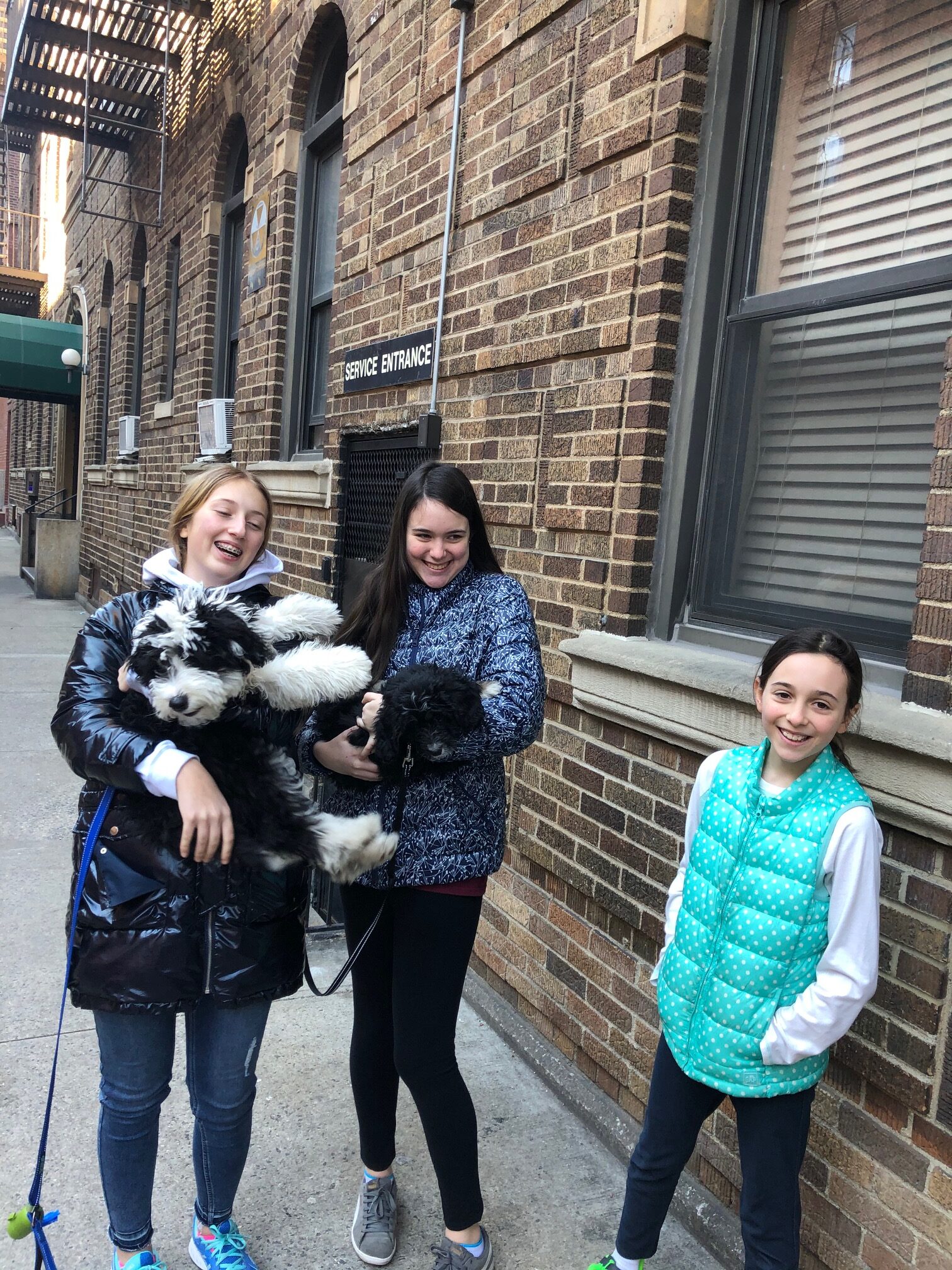
Caring for a pet is an excellent way for your children to learn responsibility and other important life lessons. Since the pandemic began, the pause has meant paws for many families who took the pet ownership plunge as they found themselves spending unprecedented amounts of time at home. In fact, dog and cat shortages have been reported by many shelters and breeders in recent months. With adults and kids continuing to work or attend school remotely in large numbers, there’s still ample opportunity for many to bring a “pandemic pet” into the home. Here are some of the ways that caring for a pet can help your child grow and develop.
Caring for a pet requires consistency and compassion
A relationship with a pet can become one of the most important in your child’s life. A dog, cat or other cuddly creature can snuggle with your child and keep her company when she’s feeling sad or lonely, while a dog can provide high-energy kids with a constant playmate. Day in, day out, kids must give their pets food and water, along with love and affection, and attend to other needs, such as grooming, cleaning cages or changing litter boxes. When they meet these basic needs of a pet, children learn about compassion and kindness. They also learn respect, as they must handle the animal with care and learn not to encroach on its boundaries when it is eating or sleeping. Your child’s self-esteem will invariably be boosted when he meets his pet’s needs and is rewarded with unconditional love and loyal friendship. And when pets pass away, children learn about the grieving process.
Discuss responsibilities before pet shopping
Many kids promise the world to get a pet. “I’ll get up early and walk her!” “I’ll pick up his droppings!” But after the pet comes home and the novelty wears off, sometimes the enthusiasm goes with it. Children must be made to understand that if they get a pet, the responsibilities do not stop. Set a realistic plan for which responsibilities will be handled by your child. Most children under age 10 will not be able to handle all of the jobs alone, but they should have some regular responsibilities, such as walking a dog or cleaning a gecko’s cage. If there are multiple children in the household, duties can be shared.
Dogs are the most popular pet
When it comes to pet ownership, dogs lead the pack. Among U.S. households with pets, nearly two-thirds (63.4 percent) have a dog, according to the American Pet Products Association. Dogs are social animals who crave human companionship and, although they require the most work and their care costs more than other pets, the love and companionship they provide in return are immeasurable.
Different dogs have vastly different characteristics. Some breeds are much more active than others and require daily rigorous exercise. Others have extensive grooming needs. Big dogs generally need more space than small dogs, and certain breeds are not recommended for households with children. Some breeds are hypoallergenic, which means they can be well-tolerated by many (though not all) allergy-sufferers. Involve your child in the research to determine what kind of dog would be a good fit for your family.
Once you have decided the dog type, think about whether you want to get your dog from a breeder or shelter. Both have benefits. If you go through a reputable breeder, you will learn about your puppy’s history and the health and behavior of its parents. At shelters, not much is usually known about the puppy’s history, and finding a particular breed can be hit or miss. But prices are usually much lower at shelters, and you and your child can feel good knowing you are helping rescue an animal. Shelter staff can recommend dogs that are a good match for your family based on factors such as how much space you have and how the dog behaves around children. When you visit the shelter (or breeder), you and your child can sit with the dog and get a feel for its personality. Many shelters are currently open by appointment only because of the pandemic.
Other animals make great pets, too
Present in 42.7 percent of pet-owning households, cats come in second place, but that doesn’t mean they’re second best: Cats have their devoted fans, just like dogs. Though generally not quite as social as dogs, cats are cuddly and develop close bonds with their humans, and they are considerably less work than dogs.
Perhaps the easiest pet to care for are freshwater fish, which are present in 11.5 percent of pet-owning households. Birds, which are owned by 5.7 percent of households with pets, are the next most popular, followed by small animals such as hamsters or guinea pigs (5.4 percent) and reptiles (4.5 percent). There are pros and cons to owning all of these pets, and depending on your child’s interests and your family’s situation, some may be a far better fit than others.
No matter which one you choose, all pets can provide your child with the opportunity to learn responsibility, compassion, and patience while developing a special bond that will have long-lasting impacts.

Sign up for our mailing list!
Be the first to learn about
fun new games, coloring pages
and financial literacy charts.


